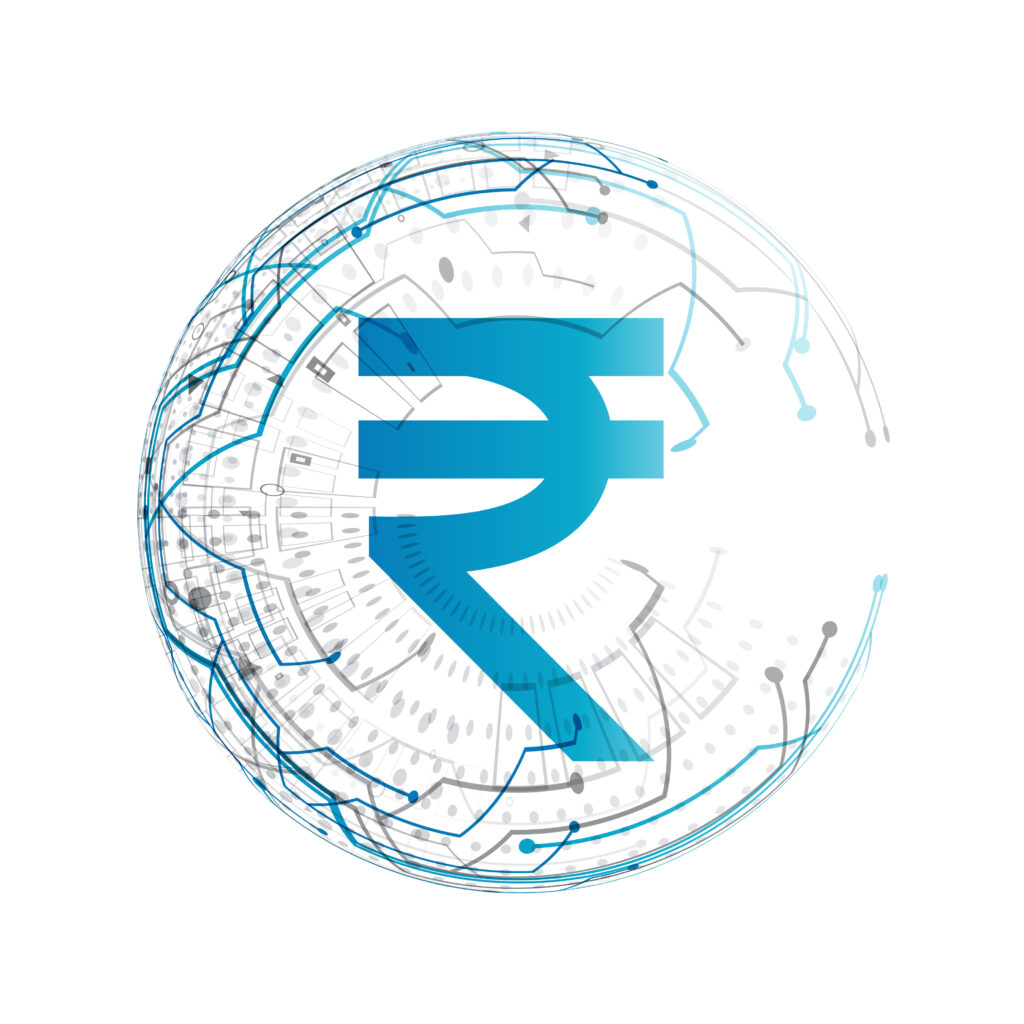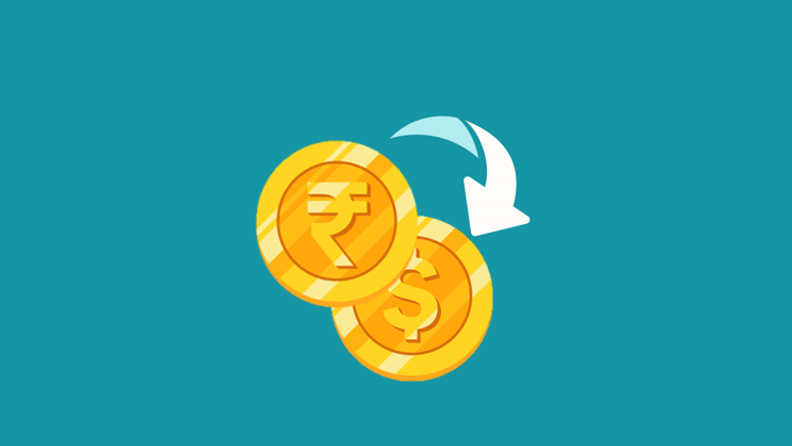History of Currency
Before the currency existed, civilization operated with a barter system where products or services were exchanged for one another without currency. Products such as weapons, spices, tea, livestock, grains, cowries, beads, etc. were bartered for services. But it had a few drawbacks such as the inability to make postponed payments, the lack of a standard unit of measurement for everyone, and the difficulty in durability.
Currency provided a solution to the problem. A piece of paper gained worth. With confidence in the value that was described over currency, it started to gain acceptance on an international level. As it began to be accepted as a means of payment by many countries, it was acknowledged as an international currency.
The currency started to function as a medium of exchange, a measure of value, a store of value, and a standard of deferred payments. Thus, a barter economy has given place to a money economy. With the introduction of money, the process of direct exchange of goods for goods was stopped. A new system of exchange was introduced. Countries started using their own kind of medium of exchange. The Mesopotamian shekel – the first known form of currency – emerged 5,000 years ago. The earliest known mints date to 650 and 600 B.C. in Asia Minor, where the elites of Lydia and Ionia used stamped silver and gold coins to pay armies.
History of Indian Currency
The rupee history of the rupee traces back to the ancient Indian subcontinent. The word rupee was derived from a Sanskrit word, “Rupya” which meant “wrought silver” which also means something stamped with an image or a coin. “Rupya” was derived from the word “Rupa” which means alike. There were 4 types of coins used in the ancient period: Gold Coin “Suvarnarupa”, Silver Coin “Rupyarupa”, Copper Coin “Tamrarupa” and Lead Coin “Sisarupa”.
For most of the 19th century, the Indian rupee was a silver-based currency, negatively affecting its value compared to gold-standard economies. Under British rule and for a decade post-independence, the rupee was divided into 16 annas, with each anna further divided into four sections, equating one rupee to 64 pieces and 192 pies. In 1957, the rupee was decimalized into 100 naye paise, eventually dropping naye.
Throughout the early to mid-20th century, the Indian rupee functioned as the official currency in several British-controlled and Indian territories, including East Africa and the Persian Gulf.
Since gaining its independence in 1947, India has used the rupee as its official currency. During that period, virtually up until the middle of the 1960s, Kuwait, Oman, Bahrain, and the United States all accepted Indian Rupees as legal tender.
Indian Rupee Replacing US Dollar
The dollar has been dominating the world for the last 80 years by staying as a premium currency. In 1944, after the Bretton Woods Accord, gold standards were replaced with the US Dollar as the world’s reserve currency. As a result, most of the central banks started keeping the dollar as a reserve for international transactions. In addition, the US mandated in 1973 that members of OPEC (Organization of the Petroleum Exporting Countries) should restrict their oil sales to US Dollars in exchange for their political and military assistance.
In 2022, Russia’s invasion of Ukraine resulted in the use of the rupee for trade settlement has gained widespread acceptance. The exclusion of seven Russian banks from Swift, the international financial network that enables seamless international money transfers, served as the catalyst. The deed was a crucial part of the economic sanctions that the US and other Western countries put on Russia. The actual choice for the government was to return to the rupee-rouble trade system from the Soviet era as India’s import dependence on the discounted oil given by Russia increased.

Currently, only the US dollar, Euro, Japanese yen, British pound, and to a lesser extent, the Chinese yuan, may be considered worldwide currencies. India has made tremendous progress in giving the rupee this status.
In 2013, foreign investors were authorized to own “masala bonds” by the Reserve Bank of India. These bonds were denominated in rupees, which made it simpler for overseas investors to purchase and sell these types of securities.
In 2015, RBI permitted international investors to trade in futures denominated in rupees.
In 2019, the Indian government started liberalizing the exchange rate mechanism, which increased the rupee’s appeal as a reserve currency.
The increasing trade and investment in the Indian economy are driving higher demand for the rupee. India is becoming a more appealing place for foreign investment as international firms set up offices there to access the country’s huge and growing market. According to RBI data, foreign portfolio investments in India surged from $12 billion in 2008 to $80 billion in 2020. As India’s economy becomes increasingly integrated with the global economy, there will be more opportunities for trade and investment because of the internationalization of the rupee.
It would also improve the rupee’s predictability and stability, making it a more desirable option for foreign investors and central banks looking to diversify their holdings.
The recent problem in the Silicon Valley Bank has pushed and promoted de-dollarization in most countries. This gives more significance to the development of the Indian rupee. As more nations start to de-dollarize international trade, Indian currency will gain popularity by becoming a recognized currency. Recently, RBI has granted approval to 18 countries i.e., Russia, Singapore, Sri Lanka, Botswana, Fiji, Germany, Guyana, Israel, Kenya, Malaysia, Mauritius, Myanmar, New Zealand, Oman, Seychelles, Tanzania, Uganda, and the UK to open 60 special rupee vostro accounts in domestic and foreign banks.
The SRVA (Special Rupee Vostro Accounts) process began in July when the RBI released extensive instructions for international business transactions involving Indian rupees (INR). A new system for exports and imports has been decided upon, allowing for INR invoicing, payment, and settlement.
To use the new process for trade settlement, authorized Indian banks must open and maintain SRVAs of the banks in the trading partner nation. To facilitate the trade of the rupee abroad, the RBI has also permitted various Indian banks, notably HDFC Bank and UCO Bank, to have unique rupee vostro accounts tie-ups with 30 foreign banks. Through these accounts, the foreign entity’s holding in the Indian bank is retained in INR. This Vostro account is credited with rupee payments made by an Indian importer to a foreign business.
When an Indian exporter must make a rupee payment for goods or services, funds from this Vostro account will be withdrawn and deposited to the exporter’s normal account in a manner like this.
Sunil Barthwal, India’s secretary of commerce, has stated that the country is willing to conduct business in the Indian rupee with nations that “face currency failure or have dollar shortage.” The Foreign Trade Policy (FTP) 2023, which aims to expand India’s exports to USD 2 trillion by 2030, was unveiled on Friday, and the secretary of commerce stated the government is concentrating on strengthening the rupee payment system.
Risk of Going Global
The rupee’s value affects both India’s economy and political stability, and both are subject to shifts brought on by events like elections, economic slowdowns, and geopolitical conflicts. The rupee may become more volatile if demand suddenly increases. It would be extremely difficult for businesses and investors to plan for future trade and business operations in India since the value of the rupee would fluctuate considerably.
Another is that the rupee might face competition from the dollar and the pound as they both become more widely used. This might lead to a devaluation of the rupee, which would increase the price of goods and services from India on international markets.
A big capital inflow and currency appreciation could also happen if the rupee gained too much traction as a reserve currency, which would make exports less competitive.
Despite a year-long dialogue between the two partner nations on this matter, India’s rupee trading arrangements with Russia have still not been finalized. The significant trade imbalance between India and Russia, which suggests that the latter will be burdened with significant rupee balances, maybe a significant influence. One of the main points of contention in the formerly rupee-to-rouble exchange was this. Russia took more than 15 years to liquidate its rupee holdings. Because of India’s significant trade deficit, Malaysia may experience similar issues.
Unless it is supported by substantial and deep domestic financial markets that can effectively absorb external shocks, the internationalization of a currency could make it difficult to pursue both exchange rate stability and a domestically focused monetary policy at the same time.
Should the rupee go international, despite such risks?
The benefits of the rupee’s globalization may ultimately outweigh the drawbacks. During the Modi administration, India attracted 65% more foreign direct investment than it had during the preceding 10 years of government, according to Finance Minister Nirmala Sitaraman in 2022.
The rupee is already well on its path to becoming a world currency. As part of the global Settlement of Trade, India, and Russia finished their first rupee-based trade settlement in December 2022. Several nations, including Sri Lanka, Bangladesh, Mauritius, and others, are already contemplating using rupees to settle bilateral commerce. UAE and Saudi Arabia could soon begin accepting rupee payments.
If done wisely, the rupee’s globalization will be to India’s advantage because it will better connect our economy with the global economy, expand prospects for investment and commerce, and make the rupee more stable, predictable, and in demand around the world.
